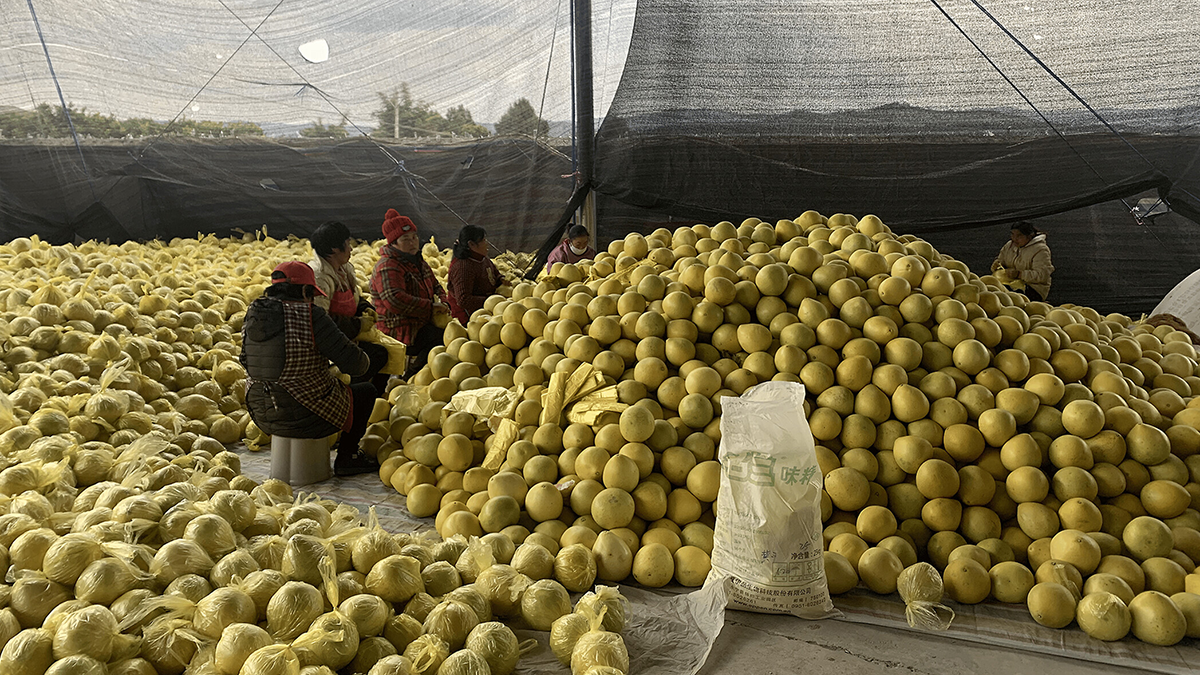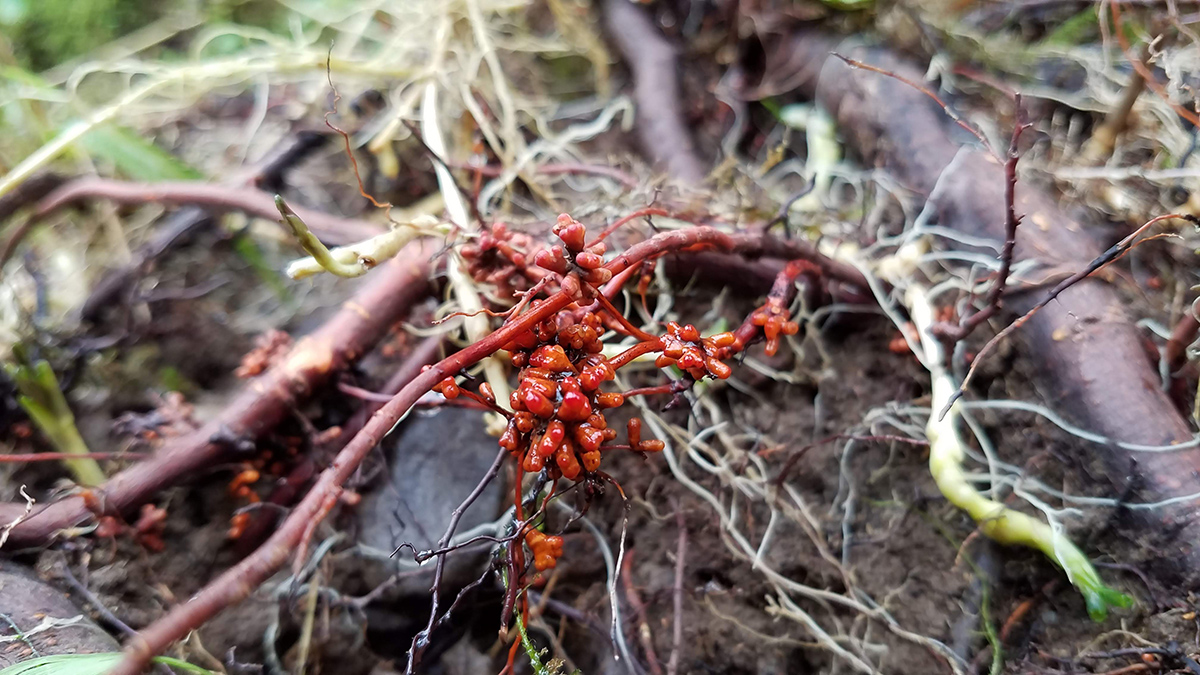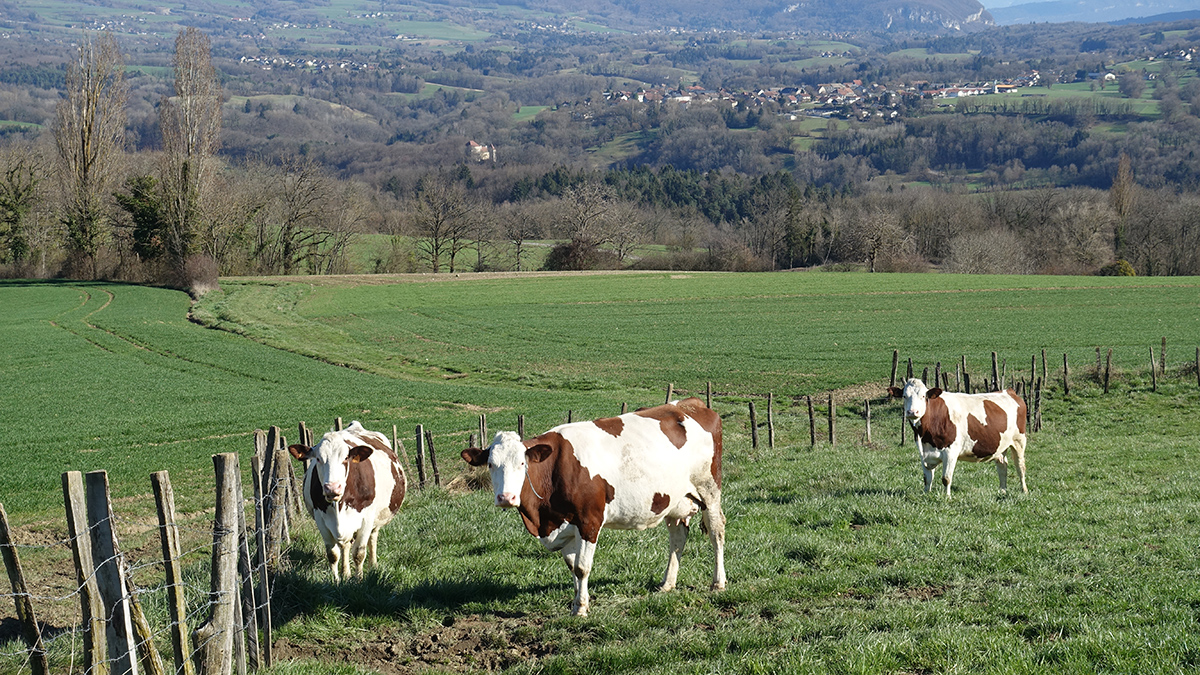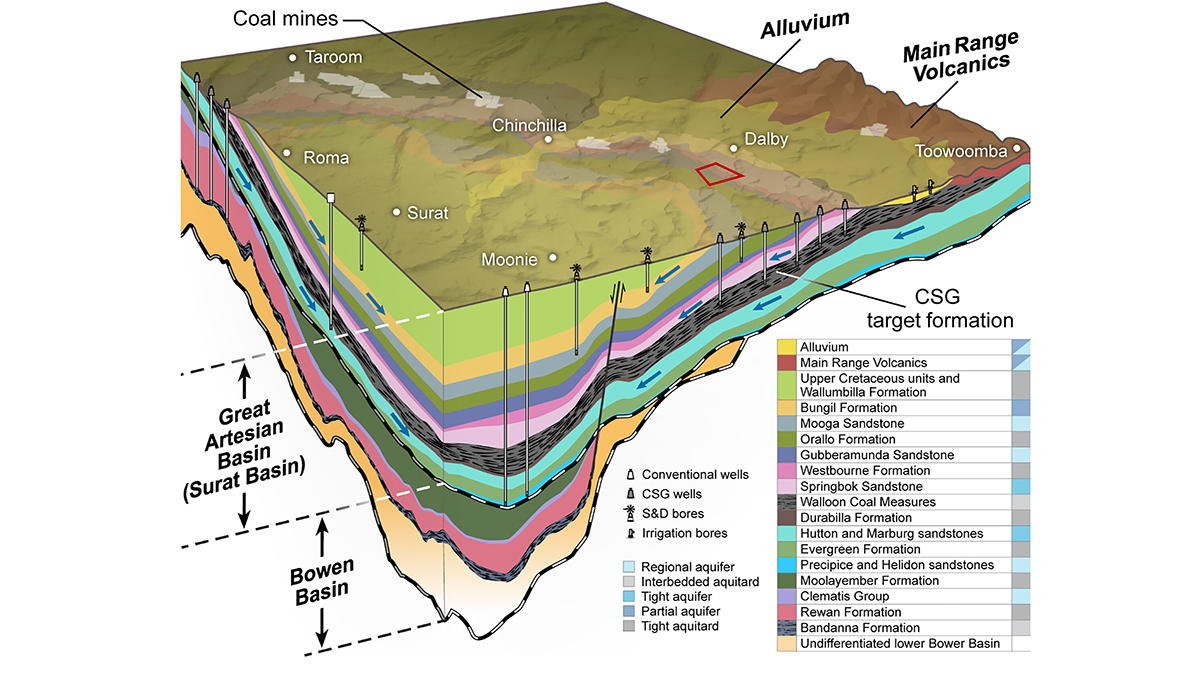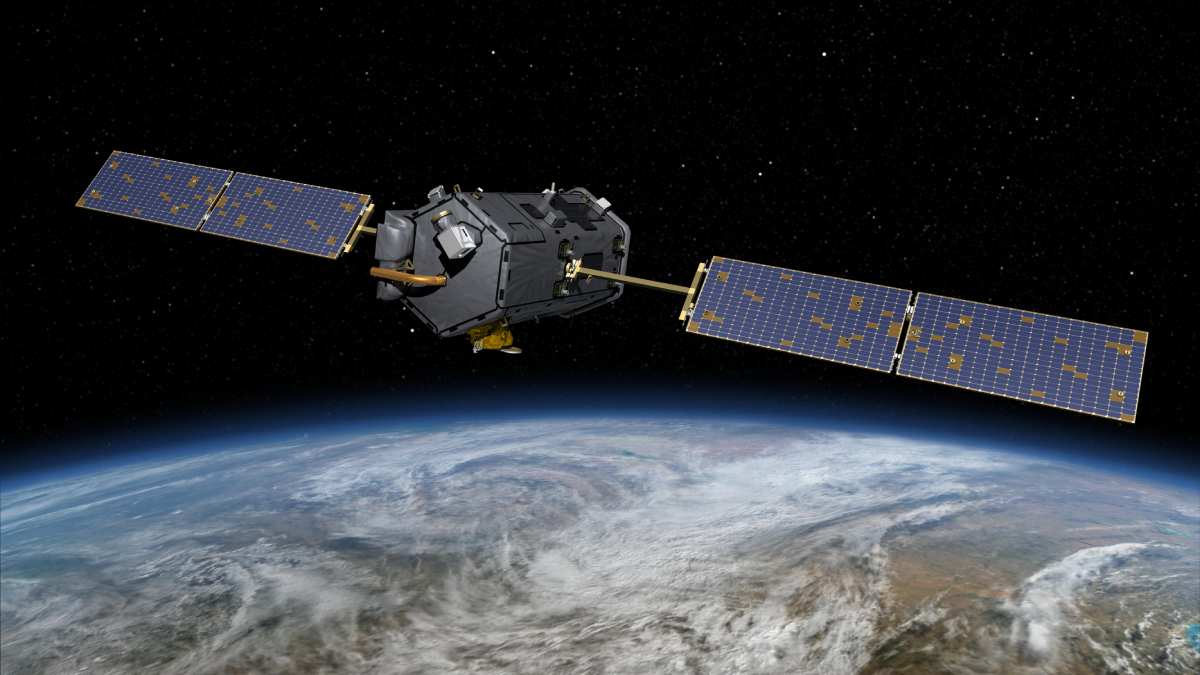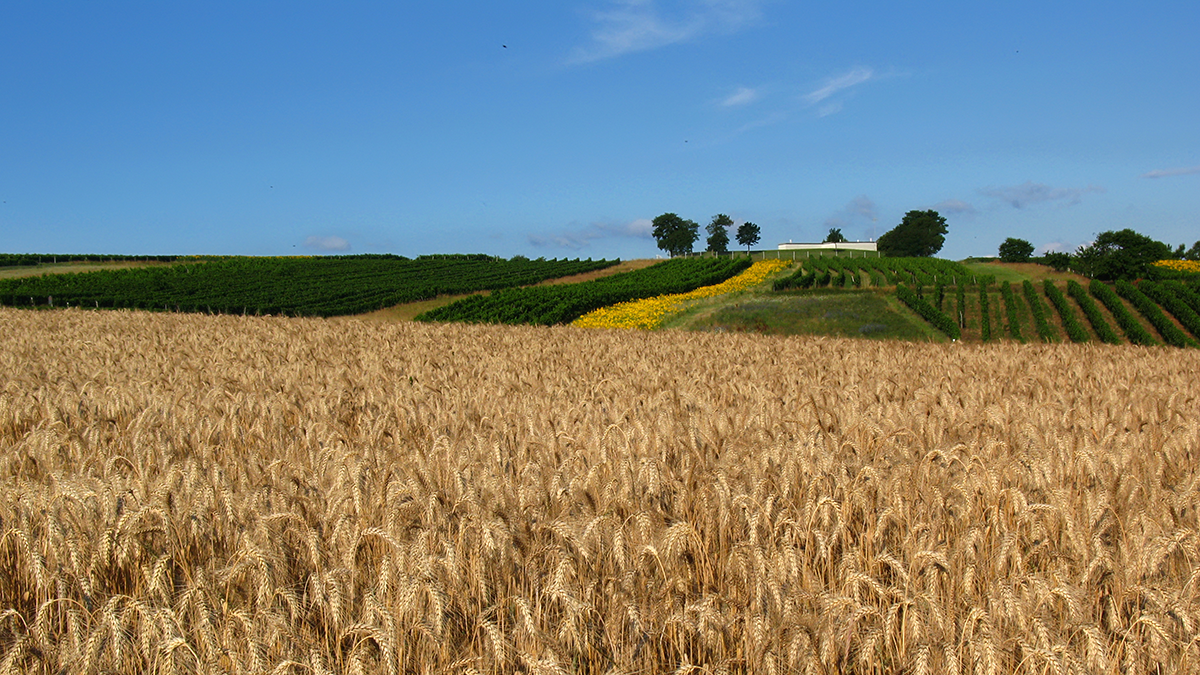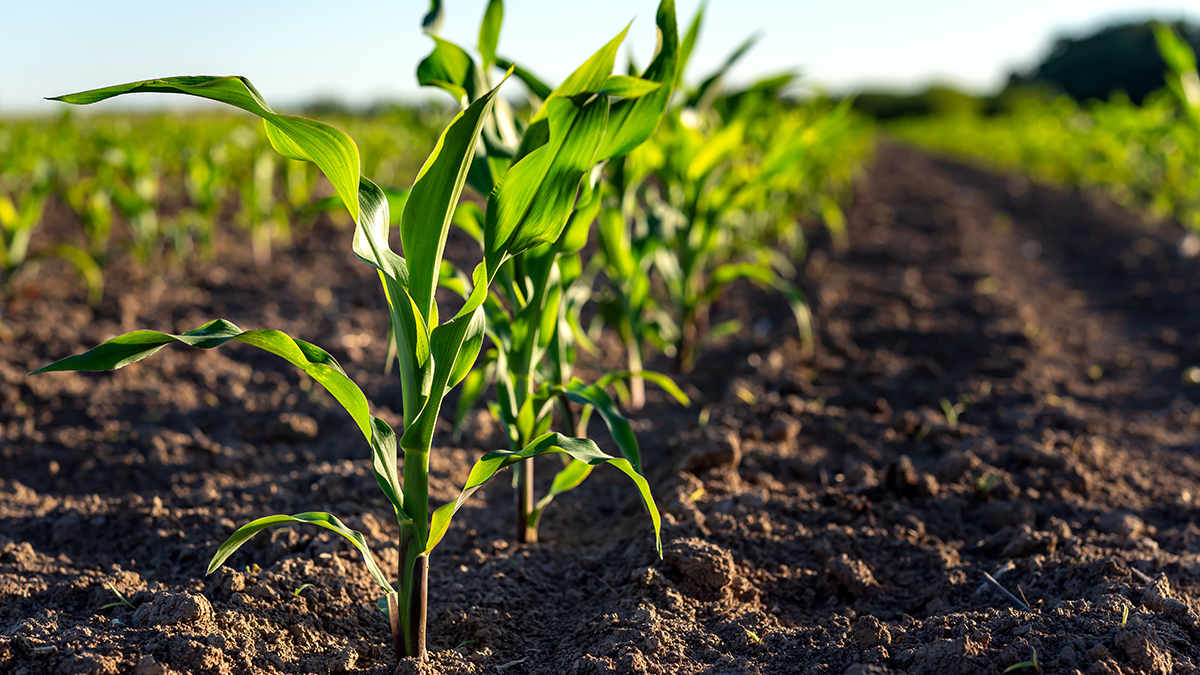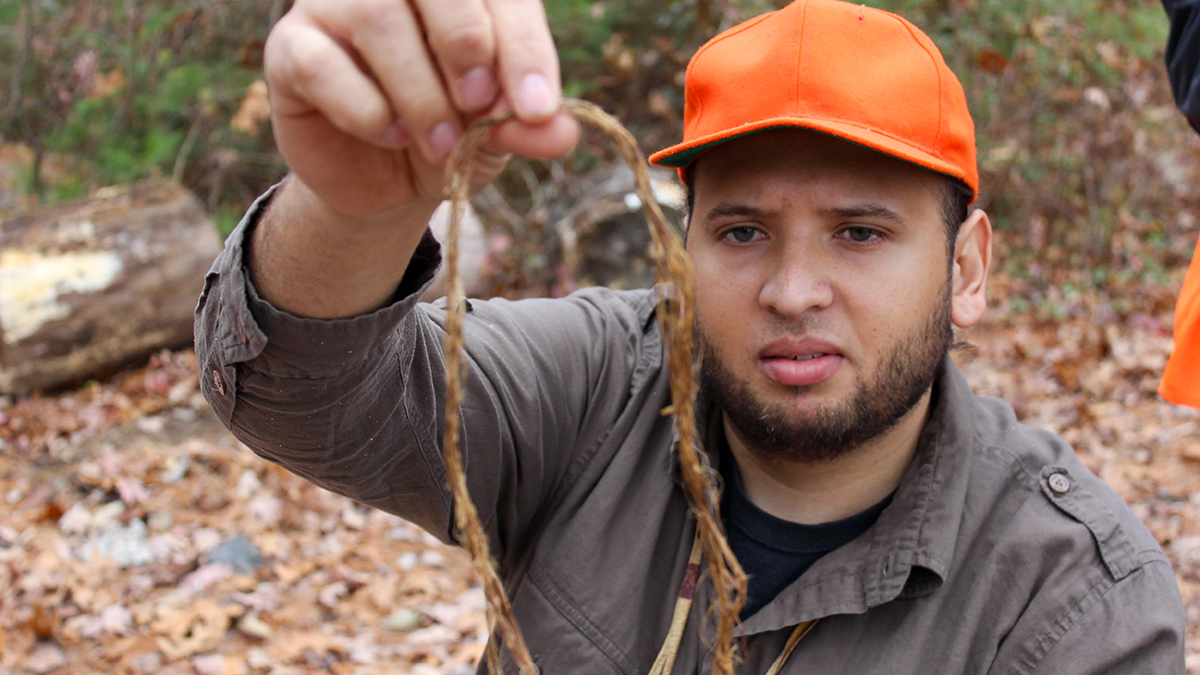A study of a circular agriculture project in China shows both the promise and the political challenges for smallholder farmers’ autonomy and fair representation.
agriculture
Protein-Powered Biosensors with a Nose for Environmental Ills
Odorant-binding proteins derived from pigs, bovines, and other animals are the next frontier in localized, climate-smart sensing of pesticide spills, greenhouse gas precursors, and more.
Nitrogen Needs Could Be Limiting Nature’s Carbon Capacity
A new study suggests that past calculations of biological nitrogen fixation were overestimated by up to 66%—and that farms growing nitrogen-fixing crops may be filling in the gaps, for better or worse.
El queso en tiempos de la agricultura industrial y el cambio climático
Los pastizales y la dieta de las vacas están cambiando a medida que se calienta el clima, pero un experimento agrícola en Francia revela la importancia de proporcionar pastos a las vacas.
Tracking the Sinking Ground from Coal Seam Gas Extraction
A new model shows how coal seam gas extraction causes land to sink by linking groundwater loss and coal shrinkage, helping predict impacts on farming in gas-producing areas.
NASA Planning for Unauthorized Shutdown of Carbon Monitoring Satellites
Despite warnings that their actions are illegal, Duffy and other senior NASA officials have continued to secretly direct NASA employees to draw up plans to end at least two major satellites missions specifically designed to monitor global carbon dioxide.
Balancing Comparability and Specificity in Sustainability Indicators
A new study shows how engaging national stakeholders in Austria helps adapt global sustainability indicators to better reflect regional agricultural priorities, especially social and economic aspects.
Why Crop Yield Decreases at High Temperatures
Scientists find that water stress drives the connection between surface temperature and crop yield loss, providing information to help improve predictions of agricultural productivity under climate change.
Cassius Spears Jr.: Conserving the Living Soil
This soil scientist braids the Traditional Ecological Knowledge of his ancestors with modern soil conservation practices to help Rhode Island’s farmers and land stewards.
Artificial Light Lengthens the Urban Growing Season
New research shows that artificial light at night lengthens the plant growing season in cities, overshadowing the effect of high urban temperatures.

